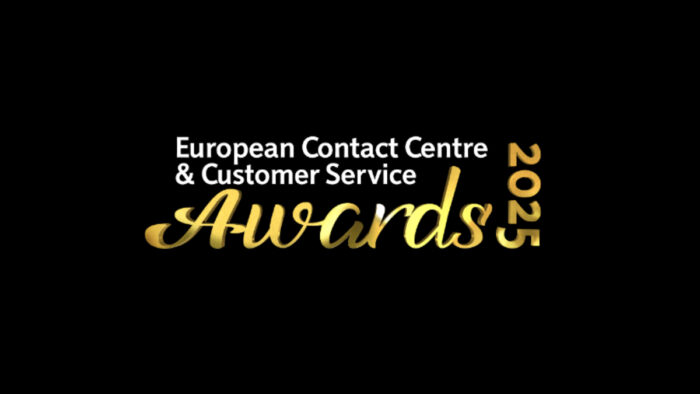A knowledge management system increases operational efficiency, empowers employees, and improves the customer experience. When you invest in a knowledge base management system, you make it easy for employees to find and share the information they need to do their jobs effectively. Implementing such a solution, though, requires just the right tools and processes.
Here’s a helpful rundown on the function of a knowledge management system and how you go about creating one for your organization.
Why You Need a Knowledge Management System
The term “knowledge management” came into being in the 1990s. Yet, today, many people still don’t truly understand the benefits it brings to their organization’s processes and success.
Customer relationship management systems (CRMs), shared project files, and internal and external knowledge bases are just a few knowledge management examples. While every knowledge management system serves a different purpose, all are essential to storing critical information and ensuring it’s accessible to employees or customers who need it. The best knowledge management systems not only provide access to information but also make it easy for end-users to engage with knowledge and turn it into a renewable resource.
By creating a knowledge management system in your organization, you maximize the value of your company’s collective intelligence and:
- Reduce the time people spend searching for information.
- Mitigate knowledge loss.
- Keep teams aligned.
- Amplify subject matter expertise.
- Empower everyone to do impactful work.
Features of a Good Knowledge Management System
Each organization has critical resources that help it run more efficiently and reach its long-term growth goals. From software to employee training programs and AI-powered customer service systems, they allow your business to remain competitive, position itself as an industry leader, and make planning and management processes more transparent.
No two knowledge management systems are going to look exactly alike, but most good ones have these characteristics in common:
- Ease of use for fast adoption. The easier a new system is to learn and use, the less likely it will undermine productivity and lessen user satisfaction. The knowledge management system you build should ideally be ready for use with little to no training except for advanced features.
- Customization that supports information on-demand. Everyone has their own preferences for accessing information, and employees and customers will use your knowledge management system for different reasons. The more you can customize your system to meet your specific needs, the better.
- Cross-platform accessibility. Modern mobility and remote work mean employees and customers must be able to access information on multiple platforms and devices.
- Collaborative functionality. Peer-to-peer interactions support continual learning and the best application of available knowledge.
How To Create a Knowledge Management System
People, processes, content, and strategy. If these four key principles of knowledge management are in place, you’re ready to build and implement a knowledge management system for customer service. It can be a long progress, but it’s well worth the effort when you consider the value it provides to your customers and employees.
These steps tie into the four key principles mentioned above and ensure your knowledge management system reflects your organization’s and your customers’ needs.
- People should be motivated to share their knowledge and use the information they’re given.
- Processes. Everyone must commit to keeping the knowledge updated and accurate. Outdated articles and policies should be removed.
- Content. Your organization’s needs, objectives, and goals must be defined. They can include giving support teams what they need to solve problems, making sure your sales teams have actionable knowledge they can use to turn leads into customers, and enabling employees to spend more time building your business and less time dealing with repetitive tasks.
- Strategy. To ensure a successful launch and adoption, you should clearly communicate to employees what the company’s objectives are. It’s critical, too, to ask for continual feedback from employees and customers so what isn’t working can be corrected or discontinued.
Knowledge management delivers enormous benefits that directly affect your employee and customer experiences. KMS Lighthouse is a cloud-based knowledge management system that helps your organization digitally evolve and improve to ensure your knowledge management system meets everyone’s needs now and in the future.


